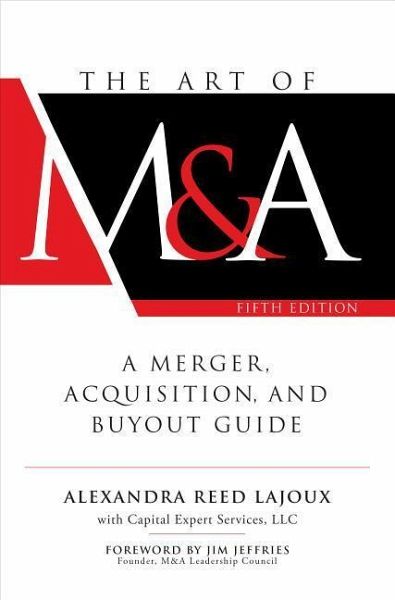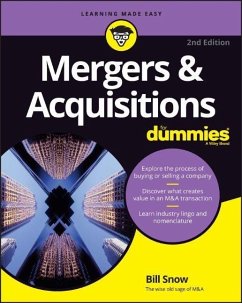Nicht lieferbar

The Art of M&A: A Merger, Acquisition, and Buyout Guide
Versandkostenfrei!
Nicht lieferbar




Revised edition of The art of M & A, c2007.
Alexandra Reed Lajoux is Chief Knowledge Officer Emeritus of the National Association of Corporate Directors, founding principal of Capital Expert Services, LLC, and the coauthor of all nine titles in the bestselling Art of M&A series. She is one of the most well-known and respected figures the fields of M&A, corporate governance, and international trade. Capital Expert Services, LLC, is a global consultancy providing consulting experts and expert witnesses for complex business litigation.
Produktdetails
- Verlag: McGraw-Hill Education
- 5 ed
- Seitenzahl: 1264
- Erscheinungstermin: September 2019
- Englisch
- Abmessung: 236mm x 156mm x 56mm
- Gewicht: 1630g
- ISBN-13: 9781260121780
- ISBN-10: 126012178X
- Artikelnr.: 55187665
Herstellerkennzeichnung
Books on Demand GmbH
In de Tarpen 42
22848 Norderstedt
info@bod.de
040 53433511
Für dieses Produkt wurde noch keine Bewertung abgegeben. Wir würden uns sehr freuen, wenn du die erste Bewertung schreibst!
Eine Bewertung schreiben
Eine Bewertung schreiben
Andere Kunden interessierten sich für











